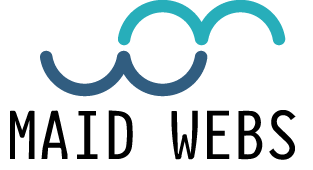An Enterprise Resource Planning system (ERP), also known in Spanish as the Enterprise Resource Planning System, refers to systems and software packages used by companies of all sizes to handle everyday organizational activities, such as accounting, project management. and manufacturing, among others.
These systems link and define a myriad of business processes and allow the flow of information and data between them. By collecting shared data from an organization from multiple sources, ERP systems eliminate data duplication and provide information integrity with a “single source of truth.”
But what does this mean?
Let’s think about all the activities that are necessary to run a business: inventory, human resources, order management, and many beyond those mentioned. Each of these areas manages a particular database necessary for its specific activities, with endless spreadsheets and infinite amounts of disconnected information.
The central feature of all ERP systems is a shared database that supports multiple functions used by different business units. In other words, this means that employees in different sections, for example, accounting and sales, can rely on the same information for their specific needs.
Real-time business intelligence across the enterprise – Provides a real-time, global view of data that can enable companies to proactively address concerns and drive improvements
Improved efficiency – through a common user experience across many managed business functions and processes
Improves financial compliance with regulatory standards and reduces risk: This type of centralized single platform architecture ensures complete real-time visibility into the financial performance of the company, from a consolidated level to individual transactions.

